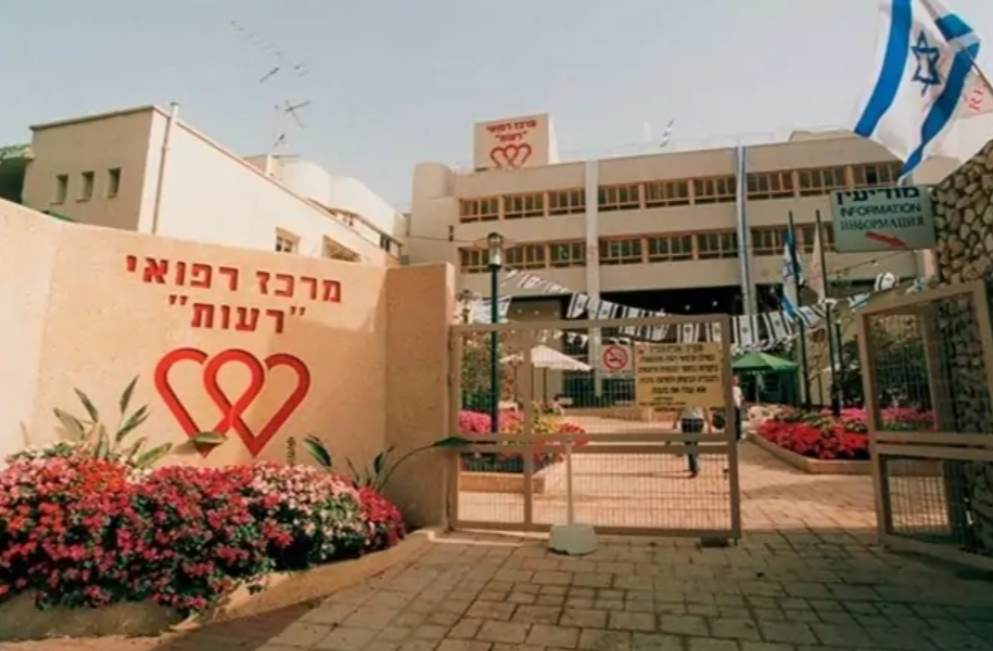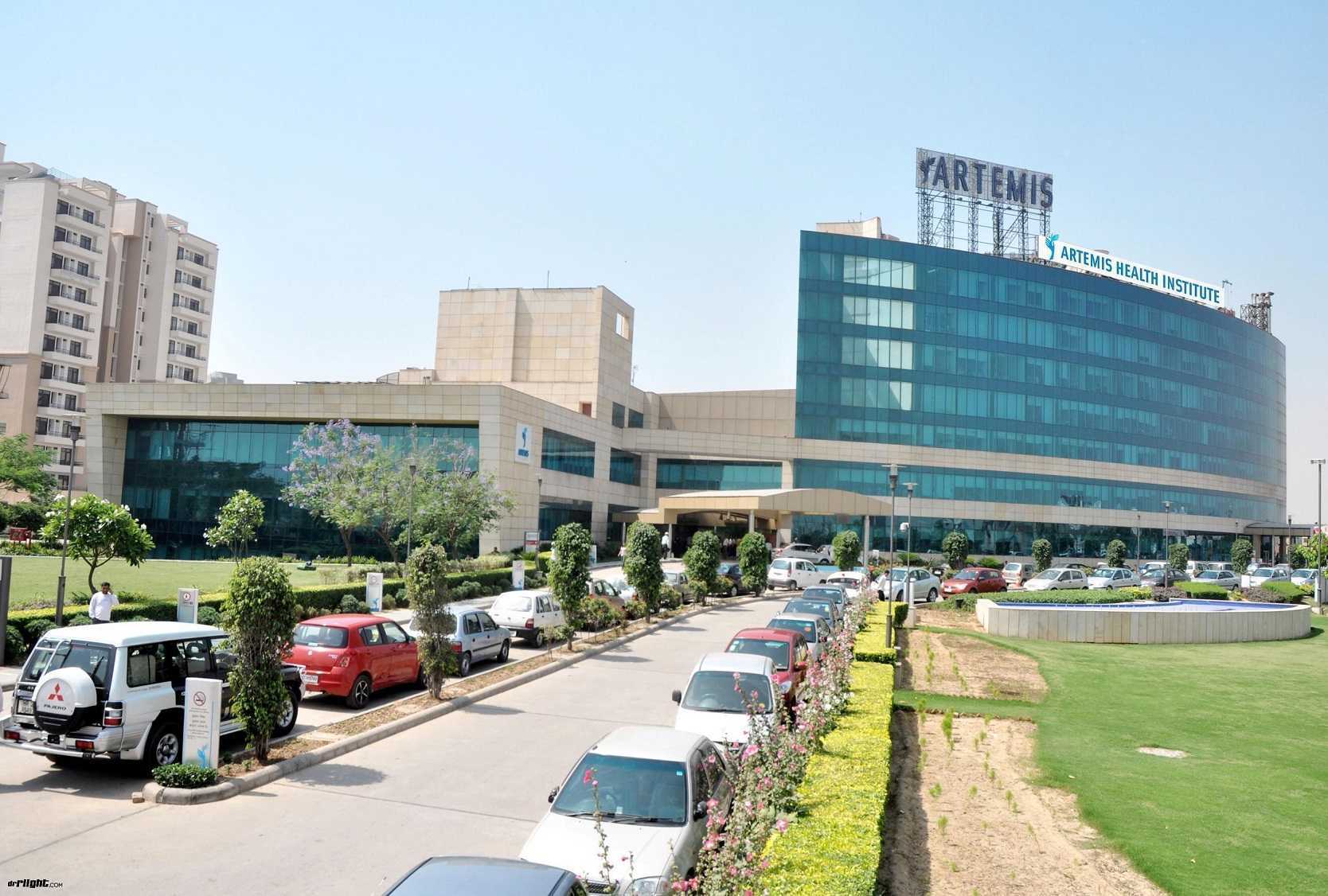Cholecystitis: Diagnostic Methods and Treatment
Cholecystitis – a condition when inflammation focus appears in the bladder, preventing its normal operation. The gallbladder contains bile necessary for the fats digestion obtained from food.
Mostly, cholecystitis appears when bile is contaminated with bacteria entering the gallbladder. At the same time, the bile outflow is blocked by gallstones. Thus, the bile remains in the gallbladder, and bacteria multiply, provoking increased inflammation. This condition is accompanied by quite painful sensations and leads to serious complications.
Cholecystitis causes
Cholecystitis occurs if there are stones in the gallbladder stopping the bile outflow. Consequently, the organ is swollen and inflamed; infections progresses. Bile duct blockage occurs due to tumors preventing fluid movement, tissue scarring, and viral infection.
Cholecystitis risk is higher in the following cases.
- Disease in family anamnez.
- Age category 50-60+.
- High fat rate in diet.
- Excessive body weight or obesity.
- Diabetes.
- Pregnancy.
- Therapy in women aimed at estrogen replacement, or a course of birth control.
- Rapid weight loss through unhealthy or unnatural methods.
- Serious infections and viruses, particularly, HIV.
- Blood vessels defects, disrupting blood flow and preventing harmful substances removal.
Cholecystitis symptoms
Symptomatology of this condition is as follows.
- Acute: sudden severe ache in stomach, occurring 15 min after meal.
- Chronic symptoms: constantly recurring pain: it isn’t so strong and long.
Associated symptoms of cholecystitis:
- nausea urges;
- the abdomen is sensitive to palpation;
- in chronic illness: frequent fever for no reason;
- severe chills;
- pain when inhaling;
- cramps after eating, especially if products contain a lot of fat;
- eyes whites and skin around them are yellowish.
Cholecystitis diagnosis
If cholecystitis is suspected, specialists order a general blood test. Elevated white blood cells indicate the inflammation presence. Among imaging tests, certain following are prescribed:
- Ultrasound – obtaining bile ducts and gallbladder images to detect inflammation;
- hepatobiliary system imaging – injectable substance passes through the digestive system;
- magnetic cholangiopancreatography – biliary system structures examination;
- abdominal CT to detect inflammation.
Cholecystitis treatment
Mostly, patients with cholecystitis get therapy in a hospital setting. Main treatment methods are as follows.
- Nutrition correction: heavy fats elimination from diet, drawing up an individual nutrition plan.
- Drinking enough water to avoid dehydration.
- For strong pain – painkillers.
- Solid formation removal, allowing free channels and letting the bile flow.
In extreme cholecystitis severity, it’s necessary to remove the gallbladder. Incisions are made in the abdominal cavity, then a laparoscope is inserted – small camera for monitoring operation progress – then surgical instruments.
In order to prevent inflammation spreading to organs, drainage is carried out. This operation is prescribed for patients suffering from inoperable cholecystitis.










